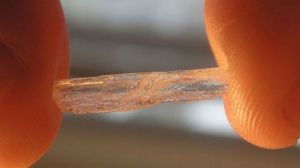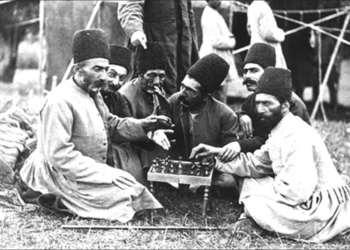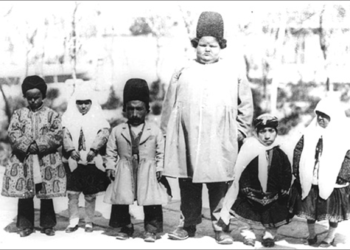December 12, 2014

Opium has long been the dominant drug in Iran, but now its prominence in the drug culture is being challenged for the first time by methamphetamines.
The key change, however, is that meth has an appeal among the educated, while opium has traditionally been looked upon as something for the lower classes.
In less than a decade, methamphetamine use has skyrocketed to the point where now about 345,000 Iranians are considered addicts, according to official statistics.
Seizures of methamphetamines soared 128 percent between 2008 and 2012, topping all other countries in the region, according to figures compiled by the United Nations Office on Drugs and Crime (UNODC). Last year alone, the government of Iran confiscated 3.6 tons of meth.
An official from the Iran Drug Control Headquarters said last year that the drug could be found in Tehran by anyone seeking it in “less than five minutes,” according to the Iranian Students News Agency (ISNA).
In Iran, the drug is known as shisheh, “glass” in Farsi, a reference to the appearance of the crystalline drug in some of its purest forms.
Shisheh addicts in Iran are mostly urban, middle class and young, experts told the Reuters news agency. Notably, there are a large number of women who use shisheh.
One drug specialist said a key reason shisheh use has spread quickly is a lack of information about the drug, which has led casual users to believe, erroneously, that it is not addictive.
University students have been attracted to it to stay up longer and try to boost their performance in school. Women have been sold the drug in beauty salons with the promise that it will help them lose weight, according to local media reports.
“We really had a hard time convincing people that this is addiction,” said Azaraksh Mokri, a psychiatrist who teaches at the Tehran University of Medical Sciences and has dealt extensively with shisheh addiction.
Opium addiction has long been a problem in Iran partly because of a tolerance for its use even in conservative rural areas, and also because of the country’s long border with Afghanistan, for decades one of the top opium producers. Opium is still the most abused drug in Iran, according to official statistics.
Shisheh began to make inroads in the country about a decade ago, luring users who preferred its effects as a stimulant to the more soporific opium, which was seen as a drug of the poor and elderly.
That shift has been characterized as a change between drugs that are known as sonati, or traditional, and those that are sanaati, or manufactured, according to local media.
The use of shisheh was partly driven by increased development in the country and more complicated and faster-paced lifestyles, experts told Reuters.
Initially, the drug was imported but now it is produced locally; in fact, it is being exported to many other Asian states.
UNODC figures show that the domestic use of pseudoephedrine, one of the key ingredients for shisheh, jumped from five tons in 2006 to 55 tons in 2012.
Drug use and addiction is so widespread in Iran that it is the second ranked cause of death after traffic accidents, a senior official from the Iran Drug Control Headquarters said in November, according to the Islamic Republic News Agency (IRNA).
























